- Unraveling the Journey: The Hero’s Voyage in Literature
- The Origins and Patterns of the Hero’s Journey
- The Significance of the Hero’s Journey
- Contemporary Narratives and the Hero’s Journey
- The Evolution of the Hero’s Journey
- The Hero’s Journey Unveiled: Mapping the Path of Transformation
- Keywords
- Key Takeaways
- FAQs
- Are all stories and myths based on the Hero’s Journey?
- Can the Hero’s Journey be applied to non-fiction or real-life experiences?
- Do all heroes have to be brave and strong?
- Is the Hero’s Journey formulaic and predictable?
- Can contemporary narratives deviate from the Hero’s Journey structure?
- Are mentors always present in the Hero’s Journey?
- Is the Hero’s Journey exclusive to Western literature and mythology?
- Can the Hero’s Journey be applied to short stories or only long narratives?
- Is the Hero’s Journey limited to the fantasy or adventure genre?
- Can the Hero’s Journey be relevant to personal development and self-improvement?
- Myth Buster
- Myth: The Hero’s Journey is a rigid formula that all stories must adhere to.
- Myth: The Hero’s Journey is only relevant to ancient myths and classic literature.
- Myth: The hero in the Hero’s Journey must always be a strong, masculine figure.
- Myth: The Hero’s Journey is a Western concept and does not apply to other cultures.
- Myth: The Hero’s Journey is only relevant to fictional stories and myths.
- Myth: The Hero’s Journey is predictable, leading to repetitive and formulaic stories.
- Myth: The Hero’s Journey is only about external adventures and physical trials.
- Myth: The Hero’s Journey is outdated and no longer relevant in modern storytelling.
- Myth: The Hero’s Journey always includes a romantic relationship for the hero.
- Myth: The Hero’s Journey is a linear process with no room for nonlinear storytelling.
- Checkpoint
Unraveling the Journey: The Hero’s Voyage in Literature
Hero’s Journey. These two words might conjure a series of images—slaying dragons, rescuing damsels, finding a precious artifact, returning home triumphant. This concept is as old as storytelling itself. More than a plot structure, it’s a profound pattern woven into the very fabric of our collective psyche. This essay will delve into the fascinating world of the hero’s journey, exploring its origins, patterns, significance, and relevance in contemporary narratives.
The Origins and Patterns of the Hero’s Journey
Joseph Campbell, a notable American scholar of mythology and religion, first defined the hero’s journey, or ‘monomyth’, in his seminal work, “The Hero with a Thousand Faces” (1949). Inspired by Carl Jung’s ideas about the collective unconscious and archetypes, Campbell observed that myths from diverse cultures shared a fundamental structure. This structure, a three-part narrative pattern, is the backbone of countless stories throughout history and across cultures.
The monomyth begins with the “Departure,” where our hero is called to leave their ordinary world. Often this call to adventure is initially refused, but with the assistance of a mentor figure, the hero will cross the threshold into an unfamiliar and extraordinary world. This world is rife with trials, allies, and enemies, ultimately leading the hero towards the “Initiation.”
The “Initiation” stage encompasses the hero’s various adventures, culminating in the central crisis or ordeal—an ultimate test of courage and strength. Victory in this test usually brings about a reward, a boon of knowledge or power, symbolic of their personal transformation.
The final stage is the “Return,” where the hero must make their way back to their ordinary world, often facing further trials. But they return transformed, bearing the boon for their community, achieving a form of self-realization and integration of their experiences.
The Significance of the Hero’s Journey
The hero’s journey is not just a pattern; it’s a metaphor for the human experience. As readers or viewers, we identify with the hero, feeling their fears, their hopes, and their growth. This pattern mirrors the trials, tribulations, and triumphs we face in life. The monomyth helps us confront our challenges and learn from our experiences, just as the hero does.
Moreover, the hero’s journey reflects fundamental truths about human psychology. This includes our need for personal growth, our struggle with internal and external conflict, and our search for identity. These are universal themes that speak to readers and viewers across cultures and ages.
Contemporary Narratives and the Hero’s Journey
While the hero’s journey is ancient, it is far from obsolete. The structure is pervasive in modern literature, film, and television, from epic sagas like J.K. Rowling’s ‘Harry Potter’ series and George R.R. Martin’s ‘A Song of Ice and Fire’ series, to iconic films like ‘Star Wars’ and ‘The Matrix.’ The reason these narratives resonate so deeply with audiences is that they adhere to this fundamental narrative pattern.
However, contemporary writers often bring their unique twist to the hero’s journey. Instead of a young man setting off into a fantastical world, the hero might be an ordinary woman discovering her inner strength in a real-world setting, or a non-binary individual navigating societal norms and expectations.
The Evolution of the Hero’s Journey
In the hands of skilled storytellers, the hero’s journey continues to evolve to reflect contemporary values and sensibilities. For example, traditional hero’s journeys often centered on solitary heroes, reflecting individualistic values. However, more recent narratives might emphasize communal effort, mirroring our growing understanding of interdependence and the need for collaboration.
Moreover, contemporary narratives challenge the stereotypical image of the hero as a strong, masculine figure. Today, our heroes come in all shapes and sizes, genders, races, and backgrounds. This diversity in hero representation allows for a broader exploration of the human experience.
Finally, the nature of the ‘boon’ or ‘reward’ the hero brings back has changed. It might not be a physical object or an obvious victory over evil. It could be a profound personal transformation, an idea, or a piece of knowledge that has the power to change society.
The Hero’s Journey Unveiled: Mapping the Path of Transformation
The hero’s journey, while a timeless narrative structure, remains a potent tool in modern storytelling. As we continue to explore new horizons in literature and beyond, this archetypal narrative structure evolves to reflect our changing world, allowing us to engage with stories that are as diverse and complex as our lives.
Through this exploration, we discover that we are all heroes, embarking on our unique journeys, facing trials, experiencing transformation, and returning with gifts of knowledge and growth. The hero’s journey is not just a literary device—it’s a mirror, reflecting our struggles, our hopes, and our ongoing journey of becoming.
Keywords
- Hero’s Journey: A narrative structure that involves a hero leaving their ordinary world, going through trials and transformation in an extraordinary world, and returning home with a reward or boon.
- Monomyth: Another term for the Hero’s Journey, referring to the common structure and pattern found in myths and stories across cultures.
- Joseph Campbell: An American scholar of mythology and religion who defined and popularized the concept of the Hero’s Journey in his book “The Hero with a Thousand Faces.”
- Departure: The first stage of the Hero’s Journey, where the hero is called to adventure and leaves their ordinary world.
- Initiation: The second stage of the Hero’s Journey, where the hero faces trials, undergoes personal growth, and experiences a central crisis or ordeal.
- Return: The final stage of the Hero’s Journey, where the hero returns to their ordinary world, transformed and bearing a boon for their community.
- Boon: The reward or gift that the hero brings back from their journey, often representing knowledge, power, or personal transformation.
- Archetypes: Universal characters, symbols, or themes that appear in myths, dreams, and stories, representing fundamental human experiences.
- Contemporary Narratives: Modern literature, film, and television that incorporate the Hero’s Journey structure but may feature diverse heroes and reflect contemporary values.
- Personal Transformation: The process of profound change and growth that the hero undergoes during their journey, leading to self-realization and integration of their experiences.
Key Takeaways
- The Hero’s Journey, or monomyth, is a narrative structure found in myths and stories across cultures.
- It consists of three stages: Departure, Initiation, and Return, and involves the hero’s call to adventure, trials, personal transformation, and the bringing back of a reward or boon.
- The Hero’s Journey reflects universal human experiences and provides a metaphor for personal growth, conflict, and the search for identity.
- Contemporary narratives continue to utilize the Hero’s Journey structure but often introduce unique twists, diverse heroes, and updated themes to reflect our changing world.
- Skilled storytellers adapt the Hero’s Journey to incorporate communal efforts, challenge stereotypes, and redefine the nature of the hero’s boon.
- The Hero’s Journey serves as a mirror for readers and viewers, helping them confront their own challenges, learn from experiences, and engage with complex stories.
FAQs
Are all stories and myths based on the Hero’s Journey?
Not all stories and myths follow the Hero’s Journey structure, but many do. The Hero’s Journey provides a powerful and familiar narrative pattern that resonates with audiences, but there are other storytelling structures and frameworks as well.
Can the Hero’s Journey be applied to non-fiction or real-life experiences?
While the Hero’s Journey is commonly used in fiction and mythology, its underlying themes and stages can be applied to real-life experiences. The journey of personal growth, facing challenges, and achieving transformation can be seen as a metaphor for various aspects of human life.
Do all heroes have to be brave and strong?
No, the concept of heroism has evolved, and heroes come in different forms today. They can be vulnerable, flawed, and diverse in terms of gender, race, and background. What defines a hero is often their journey of growth, courage, and the positive impact they have on their communities.
Is the Hero’s Journey formulaic and predictable?
While the Hero’s Journey does have a general structure, it allows for variations and unique twists. Skilled storytellers can adapt the stages and incorporate their own creativity, resulting in narratives that feel fresh and engaging despite following the underlying pattern.
Can contemporary narratives deviate from the Hero’s Journey structure?
Yes, contemporary narratives can deviate from the Hero’s Journey structure or use it as a loose framework. Some stories intentionally subvert or deconstruct the traditional elements of the Hero’s Journey to create new and innovative narratives.
Are mentors always present in the Hero’s Journey?
While mentors are a common feature in the Hero’s Journey, they are not mandatory. Mentors provide guidance and assistance to the hero, but some stories may emphasize the hero’s self-discovery and internal transformation without the presence of a traditional mentor figure.
Is the Hero’s Journey exclusive to Western literature and mythology?
No, the Hero’s Journey is not exclusive to Western literature and mythology. Joseph Campbell identified this narrative pattern across various cultures and found that it is a universal structure present in myths and stories from different parts of the world.
Can the Hero’s Journey be applied to short stories or only long narratives?
The Hero’s Journey can be applied to both long narratives, such as novels or film sagas, and shorter stories. While longer narratives provide more room for elaboration, the essential stages of the Hero’s Journey can be condensed and adapted to fit shorter formats.
Is the Hero’s Journey limited to the fantasy or adventure genre?
No, the Hero’s Journey can be found in various genres, including fantasy and adventure, but it is not limited to them. The structure has been applied to diverse genres such as science fiction, romance, mystery, and even realistic fiction, as long as the narrative follows the core stages and themes.
Can the Hero’s Journey be relevant to personal development and self-improvement?
Yes, the Hero’s Journey can be relevant to personal development and self-improvement. The stages of the journey can be seen as metaphors for overcoming challenges, discovering one’s strengths, and achieving personal growth. The narrative structure can provide inspiration and guidance for individuals on their own transformative journeys.
Myth Buster
Myth: The Hero’s Journey is a rigid formula that all stories must adhere to.
Reality: While the Hero’s Journey provides a general structure, it allows for flexibility, adaptations, and variations. Skilled storytellers can modify or subvert its elements while still incorporating the underlying themes and stages.
Myth: The Hero’s Journey is only relevant to ancient myths and classic literature.
Reality: The Hero’s Journey continues to be relevant in contemporary narratives, including literature, film, and television. It has evolved to reflect modern values, diverse heroes, and updated storytelling techniques.
Myth: The hero in the Hero’s Journey must always be a strong, masculine figure.
Reality: The concept of heroism has expanded to include diverse representations. Heroes can be of any gender, race, or background, and their strength can be displayed in various ways, including emotional resilience, intelligence, and compassion.
Myth: The Hero’s Journey is a Western concept and does not apply to other cultures.
Reality: Joseph Campbell identified the Hero’s Journey as a universal narrative structure found in myths and stories across cultures worldwide. It is not limited to Western literature and mythology.
Myth: The Hero’s Journey is only relevant to fictional stories and myths.
Reality: While the Hero’s Journey is commonly used in fiction and mythology, its themes and stages can be applied metaphorically to real-life experiences, personal growth, and self-transformation.
Myth: The Hero’s Journey is predictable, leading to repetitive and formulaic stories.
Reality: While the Hero’s Journey follows a general structure, skilled storytellers can bring creativity and originality to their narratives. They can subvert expectations, add unique twists, and explore new perspectives, resulting in fresh and engaging stories.
Myth: The Hero’s Journey is only about external adventures and physical trials.
Reality: While the Hero’s Journey often involves external challenges, it also emphasizes the hero’s internal transformation and personal growth. The psychological and emotional journey of the hero is a central aspect of the narrative structure.
Myth: The Hero’s Journey is outdated and no longer relevant in modern storytelling.
Reality: The Hero’s Journey remains a potent narrative structure in modern storytelling due to its ability to resonate with audiences. Skilled storytellers continue to adapt and evolve the structure to reflect contemporary values and themes.
Myth: The Hero’s Journey always includes a romantic relationship for the hero.
Reality: While romantic relationships can be part of the hero’s journey in some stories, they are not a mandatory element. The focus of the Hero’s Journey is primarily on the hero’s personal growth, challenges, and transformation.
Myth: The Hero’s Journey is a linear process with no room for nonlinear storytelling.
Reality: The Hero’s Journey can be portrayed in a linear or nonlinear manner. Some narratives employ flashbacks, multiple perspectives, or parallel storylines to depict the stages of the journey in a non-linear fashion, while still maintaining the essential elements of the structure.
Checkpoint
Which scholar defined and popularized the concept of the Hero’s Journey?
A. Carl Jung
B. Joseph Campbell
C. Sigmund Freud
D. Friedrich Nietzsche
B
What are the three stages of the Hero’s Journey?
A. Departure, Initiation, Return
B. Introduction, Climax, Resolution
C. Beginning, Middle, End
D. Exploration, Conflict, Resolution
A
What is the purpose of the hero’s mentor in the Hero’s Journey?
A. To provide challenges for the hero
B. To serve as a romantic interest for the hero
C. To guide and assist the hero on their journey
D. To hinder the hero’s progress
C
What is the “boon” in the context of the Hero’s Journey?
A. The hero’s weapon or artifact
B. The hero’s victory over the main antagonist
C. The reward or gift the hero brings back from their journey
D. The hero’s transformation into a mythical creature
C
Can the Hero’s Journey be applied to non-fiction or real-life experiences?
A. Yes, it can serve as a metaphor for personal growth
B. No, it is exclusively for fictional stories
C. Only if the journey involves physical adventures
D. Only if the hero is a historical figure
A

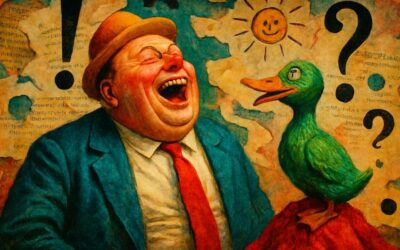


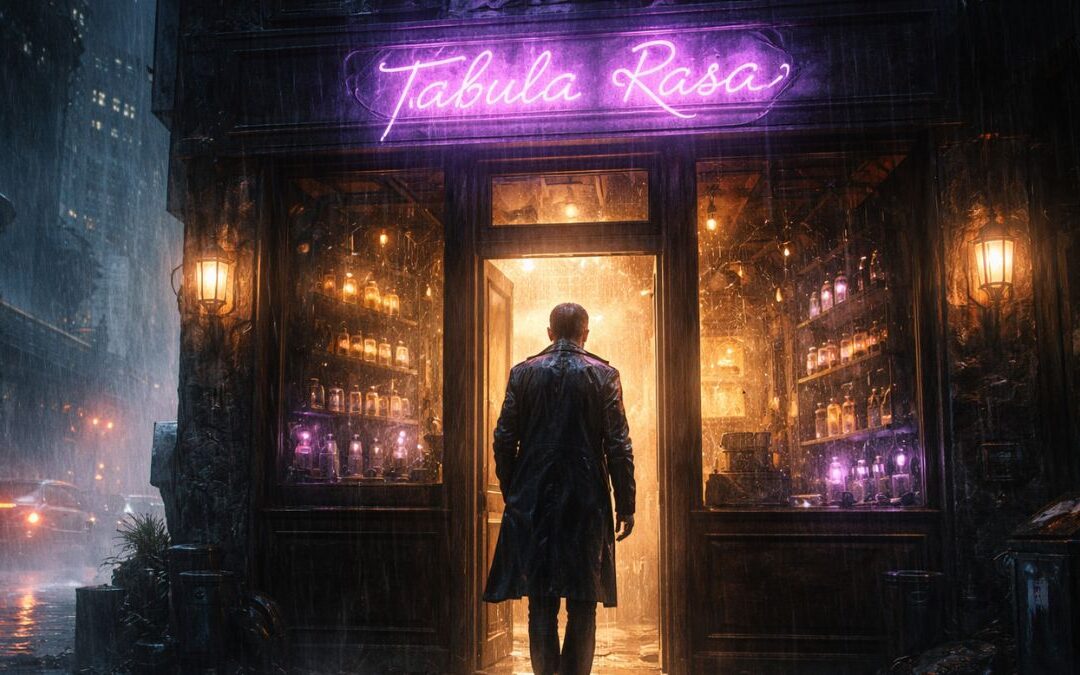
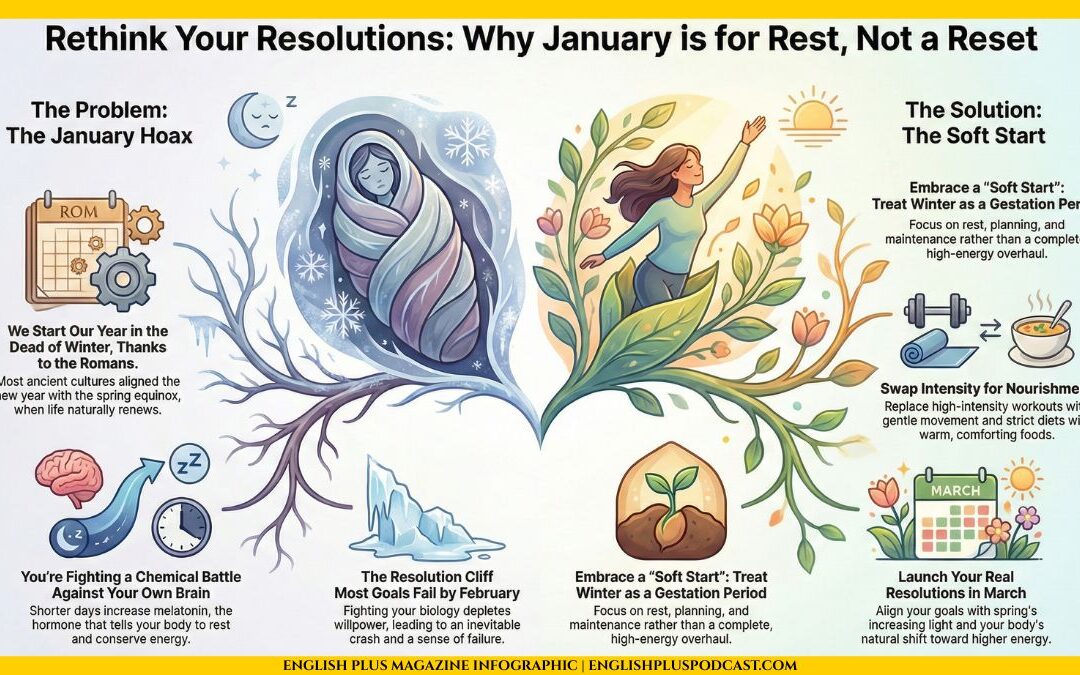

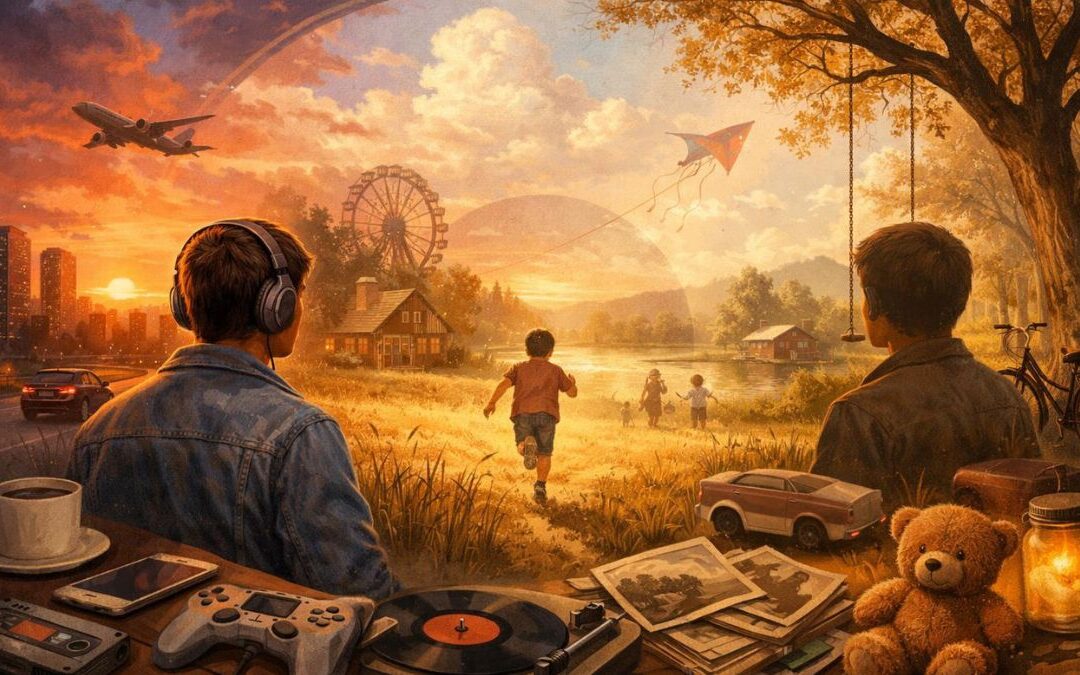
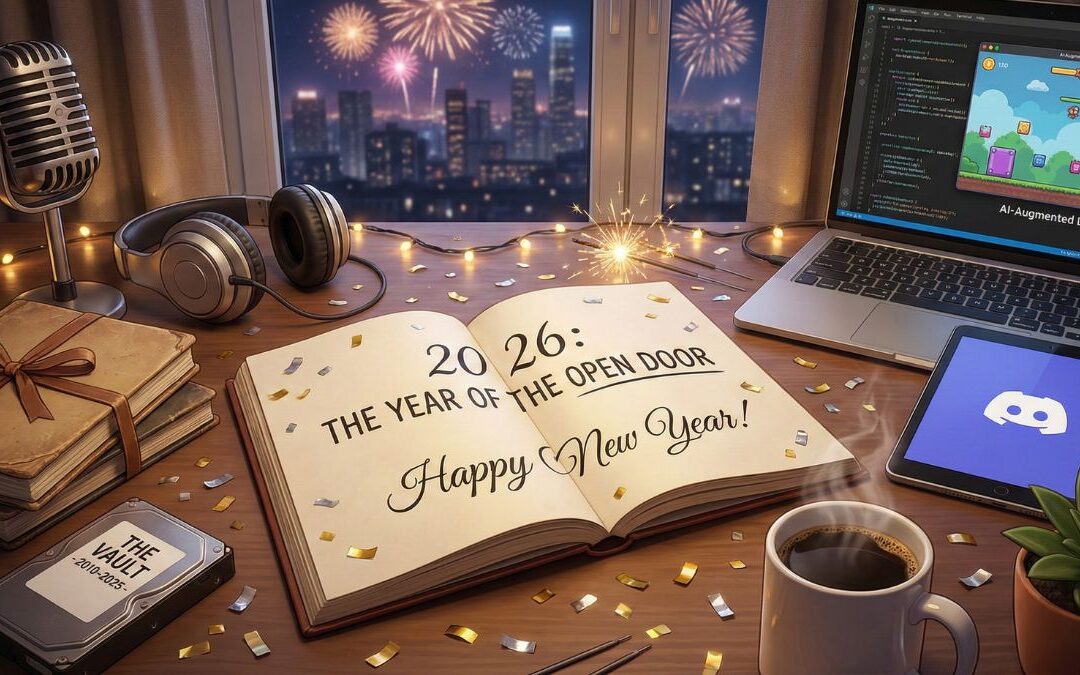

0 Comments